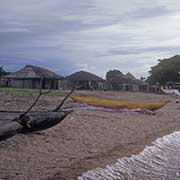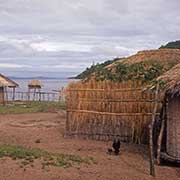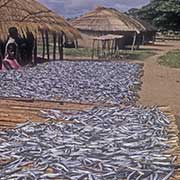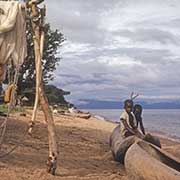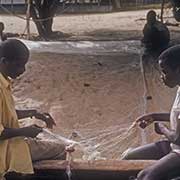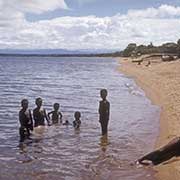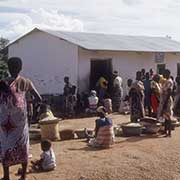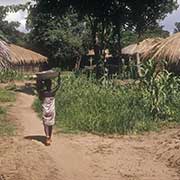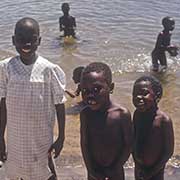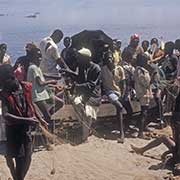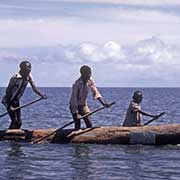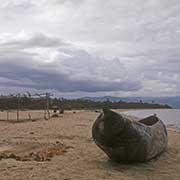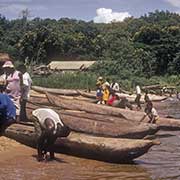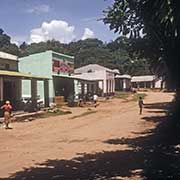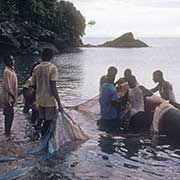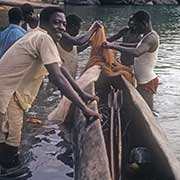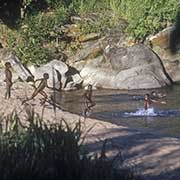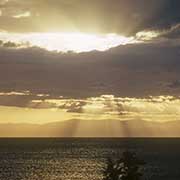Photos of Lake Malawi, Malawi
Lake Malawi
Lake Malawi, the southernmost lake in the East African Rift system and the second-deepest lake in Africa, is around 580 kilometres long and 75 kilometres wide at its widest point. Tanzania (where it is still called Lake Nyasa) and Mozambique (where it is called Lago Niassa) are on its eastern shore.
you may then send it as a postcard if you wish.
On the lake’s southern end, at Cape Maclear (or Chembe village), is Lake Malawi National Park, the world’s first freshwater national park and a World Heritage Site. The missionary and explorer David Livingstone found the cape in 1859 and named it after his friend, the astronomer Thomas Maclear. They founded a mission, “Livingstonia”, here in 1875. It was named after Livingstone, who had died two years before. They abandoned it in 1882, as the land was unsuitable, unhealthy and malarial.
Nkhotakota, in Malawi’s Central Region and now one of the main ports on the lake, was initially a group of villages and a market for Swahili-Arabian slave traders in the 19th century. David Livingstone convinced the chief of the area, Jumbe, to stop this slave trade. Nkhotakota now is the largest traditional African town in Malawi and still has a strong Swahili-Arab aspect.
Nkhata Bay, in the Northern District, is one of the main ports on Lake Malawi. Further north is Chilumba, at the southern end of Karonga District; this is near the northern end of Lake Malawi and the border with Tanzania.




